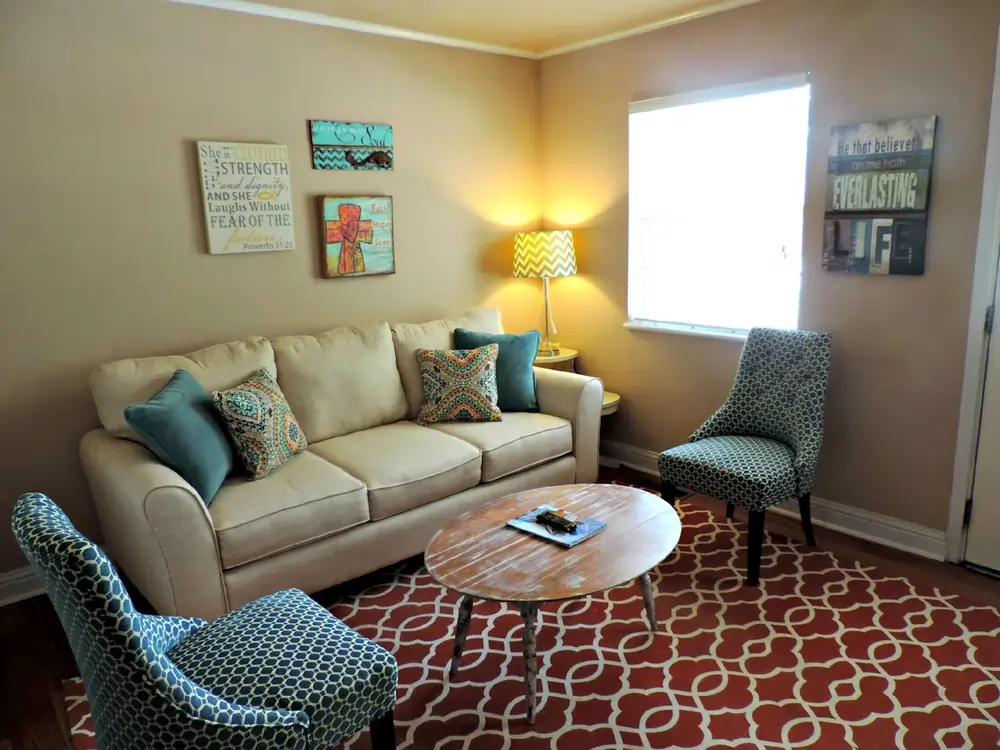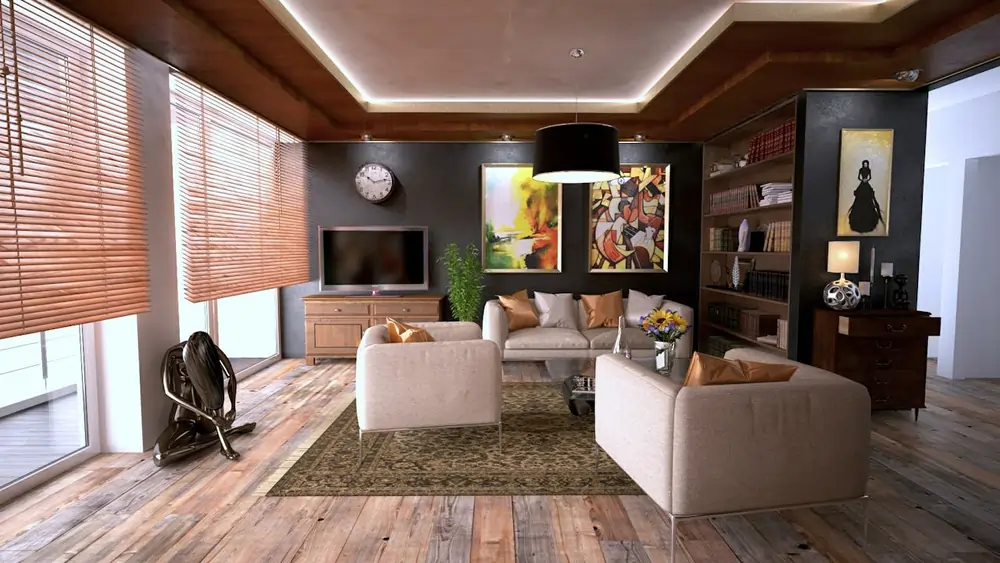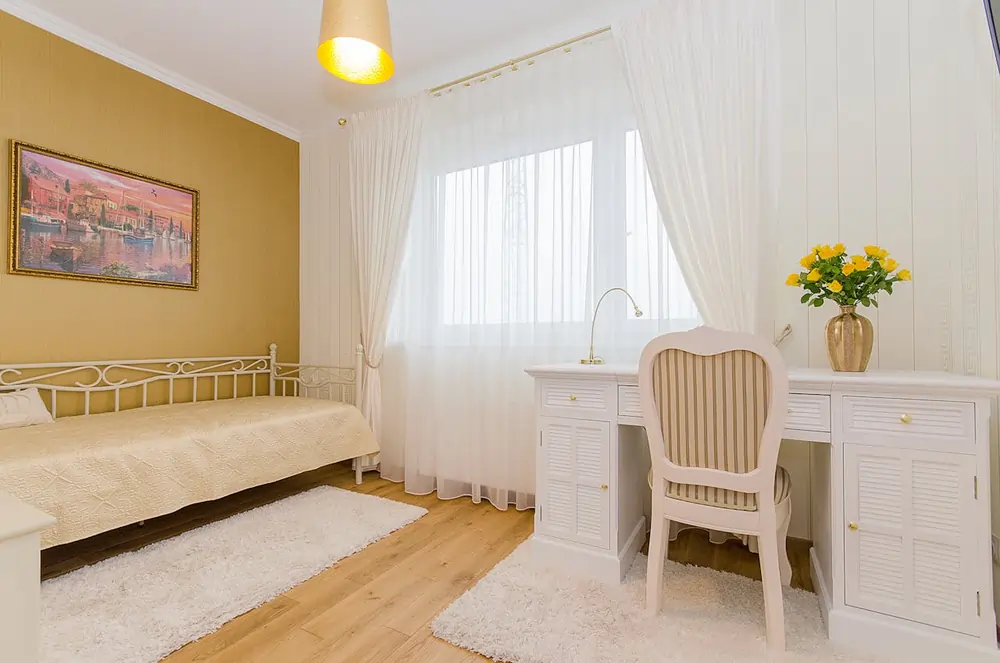Are you tired of your plain, boring floors? Do you want to add warmth, depth, and style to your living spaces? Rug layering might be the solution you’re looking for. This trend has taken the interior design world by storm, offering a fresh way to transform your home. But how do you layer rugs like a pro without making costly mistakes? Read on to discover the secrets of this design technique that’s changing homes across the country.
Rug Layering
Have you ever walked into a room and immediately felt drawn to its warmth and coziness? That feeling is often created with the help of carefully layered rugs! Rug layering isn’t just a design trend; it’s a creative way to add depth, texture, and style to any space. Whether you’re working with neutral tones or bold patterns, mastering the art of rug layering can completely transform your home’s look. In this guide, we’ll dive into the ins and outs of rug layering, from choosing the right size to mixing patterns like a pro. Let’s get started on making your floors the most stylish part of your home!
What is Rug Layering and Why Is It So Popular?
Rug layering is the art of placing two or more rugs on top of each other to create a unique, textured look. It’s not just about aesthetics – layering rugs can also protect your floors, add insulation, and increase comfort underfoot.
The popularity of layered rug combinations has soared in recent years. Why? Because it offers:
- Versatility: Works in any room, from living rooms to bedrooms.
- Customization: Allows you to create a one-of-a-kind look.
- Practicality: Extends the life of your rugs and floors.
- Comfort: Adds extra cushioning and warmth.
A 2023 survey by Home Design Trends found that 68% of homeowners were interested in trying rug layering in their spaces. But many felt unsure about how to start. Let’s dive into the basics of choosing the right rugs for layering.
How to Choose Rugs for Layering: Materials, Sizes, and Colors

Selecting the right rugs is crucial for successful layering. Here’s what you need to consider:
Materials
- Jute rug layering: Great for a natural, textured base.
- Wool: Soft and durable, perfect for top layers.
- Cotton: Lightweight and easy to clean.
Sizes
The size of your rugs can make or break your layered look. A common mistake is choosing rugs that are too small. Remember:
- The base rug should be the largest, covering most of the area.
- The top rug should be about 2/3 the size of the base rug.
Colors and Patterns
Coordinating colors is key to a cohesive look. Some tips:
- Start with a neutral base rug.
- Add pops of color or pattern with the top rug.
- Bold rug layering ideas include mixing stripes with florals or geometrics with organics.
But how do you apply these principles in different rooms? Let’s explore some specific ideas and inspiration.
Layering Rugs in Different Rooms: Ideas and Inspiration

Layering rugs in different rooms is a fun way to add style and coziness. Start with a larger rug as your base layer, like a neutral gray carpet or natural fiber rug. Then, throw a smaller accent rug or sheepskin rug on top of another for that trendy look.
In the living room, try a rug underneath the coffee table and add another rug over the top to highlight the seating area. Rugs with different textures and colors can make the space feel more dynamic. If you’re like me, you’ll love how two layered rugs can make any room feel super cozy.
When it comes to the bedroom, placing a small rug at the foot of the bed or layering a smaller accent rug on top of a larger rug can make the room feel extra comfy. The best advice is to play around with the size of the bottom rug and the size rug you’re layering on top.
Remember, rugs work great in any room, and rugs with different styles always work together. Whether it’s a single rug or putting the rug layered on top of another, your design choice will make a big impact. Rugs add warmth and character to any space, so go ahead and experiment!
Living Room
The living room is often the heart of the home, making it the perfect place to showcase your layering rugs living room skills. Try:
- Placing a smaller, patterned rug over a large jute or sisal rug.
- Using a cowhide rug over a neutral wool rug for a modern twist.
Bedroom
How to layer rugs in the bedroom? It’s easier than you think:
- Place a large, neutral rug under the bed.
- Add a smaller, plush rug at the foot of the bed or on each side.
Dining Room
Create visual interest in your dining area:
- Layer a round rug under a square one for contrast.
- Use a smaller rug to define the dining space within a larger room.
Entryway
First impressions matter. Make your entryway inviting with layered rugs in small spaces:
- Use a durable, flat-weave rug as the base.
- Add a smaller, washable rug on top for easy cleaning.
Now that you have ideas for different rooms, let’s tackle one of the biggest challenges in rug layering: mixing patterns and textures.
Mixing Patterns and Textures: Do’s and Don’ts of Rug Layering

Layering rugs is the hottest rugs trend for 2024, but you’ve gotta do it right! Start with the largest rug as your base, like a sisal, and then add a smaller, patterned rug on top of another rug. This combo would look great in an open space or under a piece of furniture.
To avoid a potential tripping hazard, make sure your rugs lie flat. Mixing sizes and shapes can add interest, but don’t go overboard with much texture. If your furniture layout is busy, it’s best to go neutral with your rugs.
Don’t forget to coordinate with your throw pillows and blankets for a cohesive look. For a modern farmhouse vibe, pair a patterned rug on top of a sisal. Check out similar posts and recent posts to get more inspo for your one space!
Mixing patterns and textures can elevate your rug layering game, but it requires a careful approach. Here are some do’s and don’ts:
Do’s:
- Mix large-scale patterns with small-scale ones.
- Combine different textures, like a shag rug over a flat-weave.
- Use complementary colors in your pattern choices.
Don’ts:
- Avoid mixing too many bold patterns.
- Don’t layer rugs with similar pile heights.
- Steer clear of clashing color schemes.
Remember, the goal is to create harmony, not chaos. But what if you’re working with limited space or a tight budget? Let’s address those concerns next.
Best Practices for Rug Layering in Small and Large Spaces

Layering rugs is all the rage in 2024! Start with the largest rug as your base, and then place a smaller rug would on top of another rug. This works in both small and large spaces. For a modern farmhouse vibe, go for a neutral top of a sisal rug.
When considering sizes and shapes, make sure your furniture layout doesn’t create a potential tripping hazard. Use throw pillows and pillows and blankets to add even more texture. This rugs trend would look great in an open space or even wall-to-wall.
Check out similar posts and recent posts for more inspiration. You can also scroll through our tips to see how a layered rug setup can transform one space with so much texture and style!
Small Spaces
Layered rugs in small spaces can make a room feel larger if done right:
- Use light colors to open up the space.
- Stick to simple patterns to avoid visual clutter.
- Consider using runners instead of large area rugs.
Large Spaces
In bigger rooms, rug layering can help define areas:
- Use large area rugs as a base to anchor furniture.
- Add smaller rugs to create distinct zones within the room.
- Don’t be afraid to go bold with patterns in spacious areas.
Affordable Rug Layering Ideas: Budget-Friendly Tips
You don’t need a big budget to achieve a stylish layered look. Try these affordable rugs for layering ideas:
- Shop secondhand: Thrift stores and online marketplaces often have great vintage rug layering options.
- DIY: Create custom rugs by painting or stenciling plain, inexpensive rugs.
- Use seasonal sales: Stock up on rugs during end-of-season clearances.
- Upcycle: Give old rugs new life with dye or by cutting and binding them into smaller sizes.
Remember, creativity often trumps cost when it comes to style.
Conclusion
Rug layering is more than just a way to decorate your floors—it’s an art form! Whether you’re experimenting with different patterns, mixing textures, or adding a splash of color to an otherwise neutral room, the possibilities are endless. Remember, there are no strict rules when it comes to rug layering, so let your creativity lead the way! Start small, try layering two rugs in your living room or entryway, and before you know it, you’ll be layering like a pro. What are you waiting for? Go ahead and give your home the stylish upgrade it deserves!

